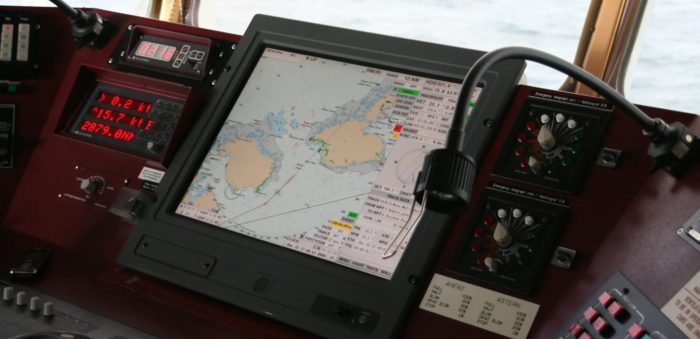RMI issued an advisory referring to causal factors that have led to marine casualties off Singapore and Chittagong. Following a five-year review of collisions, allisions and groundings in the areas, the Flag Administration noted that many of the casualties occurred in designated anchorages.
In addition, the company’s SMS had not adequately highlighted the navigational hazards associated with these anchorages or the safeguards needed to reduce the associated additional operational risks during STS and bunkering operations.
The post-casualty investigations by the Administrator identified the following recurring causal factors in the Singapore and Chittagong anchorages:
- Congested anchorages with minimum distances between anchored vessels;
- Strong local currents. This is particularly true in Chittagong where tidal currents can be as high as five to six knots, that cause a vessel to drag anchor. This situation can be more hazardous when other vessels are made up alongside, or that hinder the ability to maneuver the anchored vessel;
- There is a common practice in Chittagong anchorage of making up another vessel alongside in order to conduct ship-to-ship (STS) cargo lightering operations or in Singapore anchorages to conduct bunkering operations. These situations can increase the forces on the vessel’s anchor and ground tackle;
- The lack of situational awareness by navigation watch officers in not detecting or responding in a timely fashion to their vessel dragging anchor or failing to alert other vessels in the vicinity; and,
- Ineffective coordination between the vessel’s Master and the Pilot when agreeing on where the vessel will be anchored and the local conditions.
RMI recommends that ship managers and Masters of RMI registered vessels review their SMS regarding voyage planning to ensure adequate procedures are in place to identify the hazards associated with planned anchorages and that appropriate safeguards are implemented to respond to local conditions, especially when STS cargo transfer or bunkering operations are conducted while at anchor. In some instances, it may be appropriate for the vessel to remain offshore until the identified risks can be adequately minimized.






























































